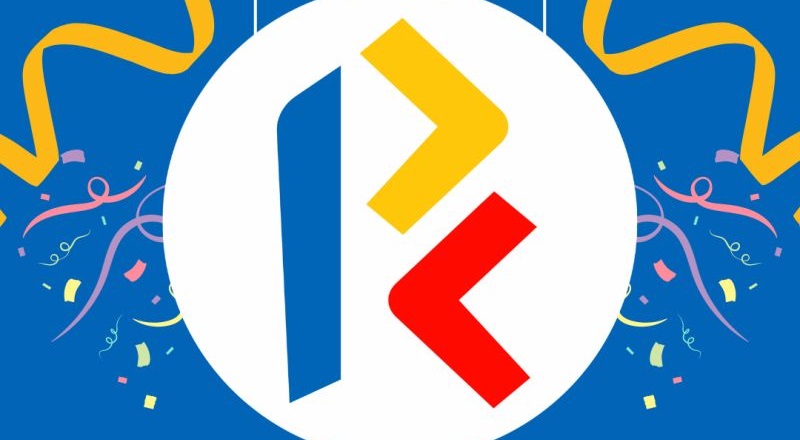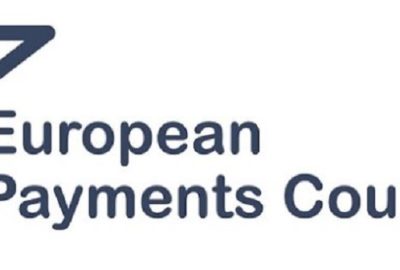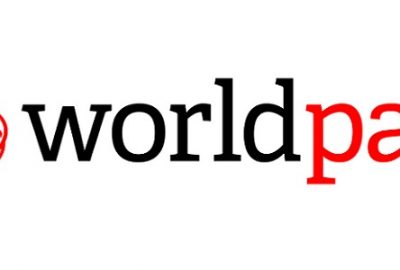Banks develop interoperable platform for cross-border CBDC transactions

The Bank for International Settlements (BIS) Innovation Hub, the Reserve Bank of Australia, Bank Negara Malaysia, the Monetary Authority of Singapore, and the South African Reserve Bank announced the completion of prototypes for a common platform enabling international settlements using multiple central bank digital currencies (mCBDCs).
Led by the Innovation Hub’s Singapore Centre, Project Dunbar proved that financial institutions could use CBDCs issued by participating central banks to transact directly with each other on a shared platform. This has the potential to reduce reliance on intermediaries and, correspondingly, the costs and time taken to process cross-border transactions.
The project was organised along three workstreams: one focusing on high-level functional requirements and design, and two concurrent technical streams that developed prototypes on different technological platforms (Corda and Partior).
The project identified three critical questions: which entities should be allowed to hold and transact with CBDCs issued on the platform? How could the flow of cross-border payments be simplified while respecting regulatory differences across jurisdictions? What governance arrangements could give countries sufficient comfort to share critical national infrastructure such as a payments system?
The project proposed practical solutions for addressing these issues, which were validated through the development of prototypes that demonstrated the technical viability of shared multi-CBDC platforms for international settlements.
„A common platform is the most efficient model for payments connectivity but is also the most challenging to achieve. Project Dunbar demonstrated that key concerns of trust and shared control can be addressed through governance mechanisms enforced by robust technological means, laying the foundation for the development of future global and regional platforms.” – Andrew McCormack, Head of the BIS Innovation Hub Centre in Singapore
The project’s findings also affirmed that any such arrangement should be subject to the governance deemed appropriate by central bank participants, including allowing them to retain control of the application of rules on a jurisdictional and currency level.
The details and conclusions of the project were published today in a report that supports the efforts of the G20 roadmap for enhancing cross-border payments, particularly in exploring an international dimension of CBDC design.
„Project Dunbar has provided valuable insights into the opportunities and challenges associated with developing a shared platform for multiple CBDCs to enhance cross-border payments. Allowing entities to directly hold and transact in CBDCs from different jurisdictions could reduce the need for intermediaries in cross-border payments, but it would need to be done in a way that preserves the security and resilience of these payments. While there is clearly more work to be done in thinking about the feasibility and design of multi-CBDC platforms, the findings from Project Dunbar provide a good platform for future work in this area.” – Michele Bullock, Assistant Governor (Financial System), Reserve Bank of Australia.
„The successful completion of Project Dunbar has produced meaningful insights on how a multi-CBDC platform may potentially solve complex issues in the cross-border payment space. The project is a testament to the importance of central bank collaboration in supporting the development of next-generation payment infrastructures. We intend to carry these insights through other proofs-of-concept as we continue our CBDC exploration journey.” – Fraziali Ismail, Assistant Governor, Bank Negara Malaysia
„Project Dunbar marks a key milestone in advancing the efficiency of cross border payments globally. The strong collaboration between participating central banks, commercial banks and technology solution providers has established the foundation for developing future ready payment rails. We look forward to participating in subsequent phases of this bold endeavour.” – Sopnendu Mohanty, Chief FinTech Officer, Monetary Authority of Singapore
„Even though multi-CBDC exploration is at its infancy, Project Dunbar highlights the possibilities of using multiple CBDCs issued on a shared platform for international settlement. While many unknowns remain, and a number of areas still require further investigation, it is only through our collective understanding and journeying together that we can meaningfully contribute to the G20 roadmap for enhancing cross-border payments. We are privileged to be part of this pioneering piece of work.” – Rashad Cassim, Deputy Governor, South African Reserve Bank
___________
Feedback on the joint report can be directed to the Dunbar project team at singapore.centre@bisih.org .
Report: Project Dunbar – International settlements using multi-CBDCs
Dariusz Mazurkiewicz – CEO at BLIK Polish Payment Standard
Banking 4.0 – „how was the experience for you”
„To be honest I think that Sinaia, your conference, is much better then Davos.”
Many more interesting quotes in the video below:












